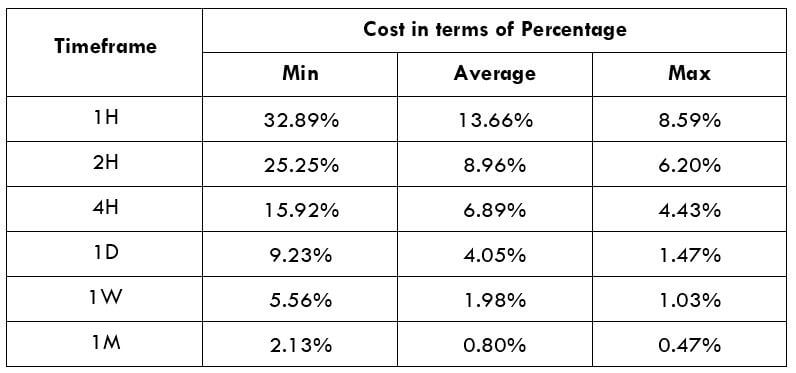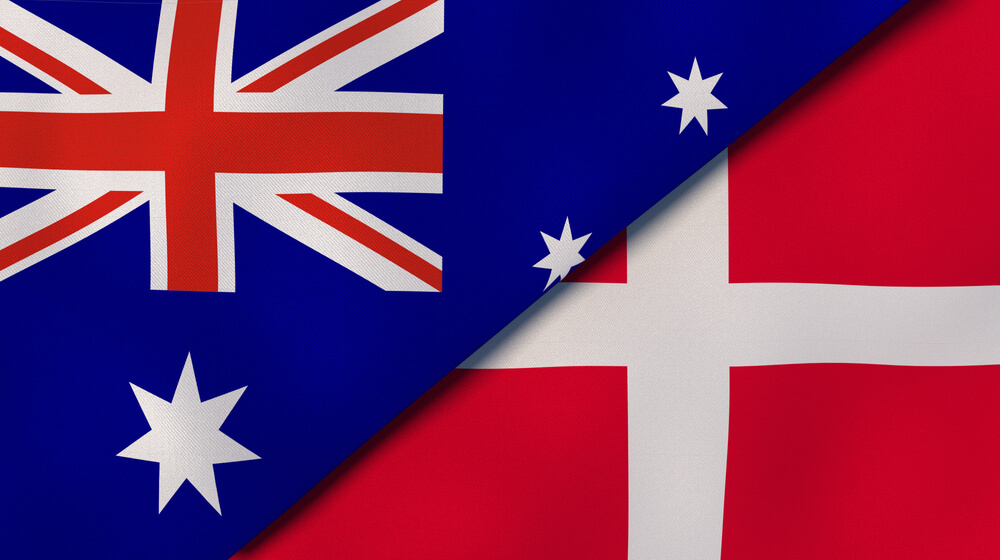Introduction
The abbreviation of AUD/DKK is the Australian Dollar paired with the Danish Krone. Here, AUD is the official currency of Australia and many others like Christmas Island and Norfolk Island. AUD is also to be the fifth most traded currency in the Forex market. In contrast, DKK stands for the Danish Krone, and it is the currency of Denmark, Greenland, and the Faroe Islands.
Understanding AUD/DKK
In AUD/DKK currency pairs, the first currency(AUD) is the base currency, and the second currency(DKK) is the quote currency. In the foreign exchange market, when we sell a currency pair, we always sell the base currency and simultaneously buy the quote currency and vice versa. Here, the market value of AUD/DKK helps us to understand the strength of DKK against the AUD. So if the exchange rate for the pair AUD/DKK is 4.4625, it means we need 4.4625 DKK to buy 1 AUD.
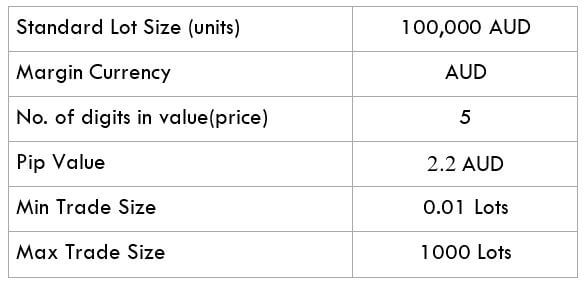
Spread
Forex brokers have two prices for currency pairs: the bid and ask price. The bid price is the price in which we sell an asset, and ask is the price at which we buy it. The difference between the ask and the bid price is called the spread. Below are the spread values for the AUD/DKK Forex pair.
ECN: 20 pips | STP: 23 pips
Fees
A Fee is the charges that we traders pay to the broker for opening a trade. This fee depends on the type of broker (STP/ECN) we use.
Slippage
When we want to execute a trade at a particular price, but instead, if the trade gets executed at a different price, we call that difference as Slippage. The Slippage can take place at any time, but mostly we can counter a volatile market.
Trading Range in AUD/DKK
As a trader, our main motive should be to avoid losses and risks. The trading range here will determine the amount of money we will win or lose in a given amount of time. ATR is a technical indicator that indicates the price movement in a currency pair. In the below table, we have the representation of the minimum, average, and maximum pip movement in a currency pair. We will evaluate it merely by using the ATR indicator combined with 200-period SMA.
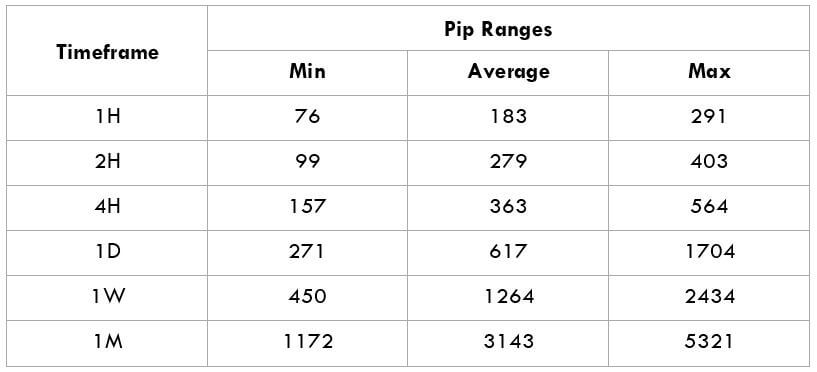
Procedure to assess Pip Ranges
- Add the ATR indicator to your chart
- Set the period to 1
- Add a 200-period SMA to this indicator
- Shrink the chart so you can assess a significant period
- Select your desired timeframe
- Measure the floor level and set this value as the min
- Measure the level of the 200-period SMA and set this as the average
- Measure the peak levels and set this as Max.
AUD/DKK Cost as a Percent of the Trading Range
The cost of trade depends on the broker type and varies based on the volatility of the market. The total cost of trade involves spread, fees, and sometimes Slippage if the volatility is more.
ECN Model Account
Spread = 20 | Slippage = 3 |Trading fee = 5
Total cost = Slippage + Spread + Trading Fee = 3 + 20 + 5 = 28
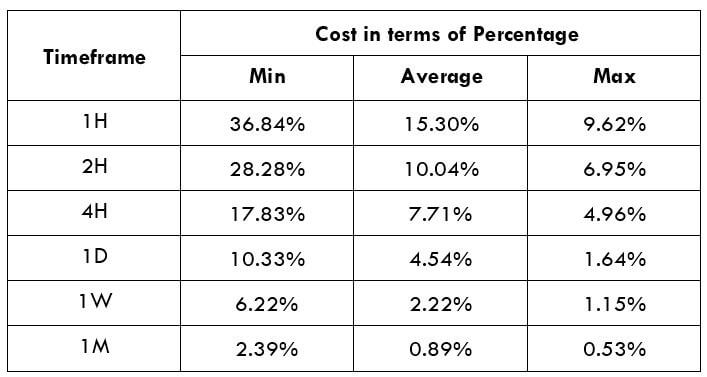
STP Model Account
Spread = 23| Slippage = 3 | Trading fee = 0
Total cost = Spread + Slippage + Trading Fee = 23 + 3 + 0 = 26
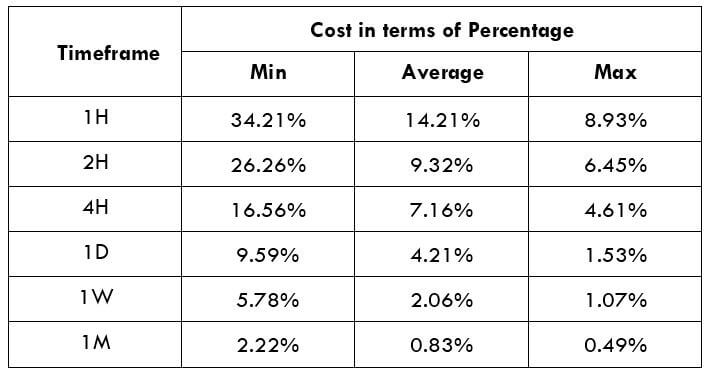
Trading the AUD/DKK
AUD/DKK is an exotic currency pair that less traded in the forex exchange market. The average pip movement in 1hr is 183, which shows the volatility is very high.
Note, The higher the volatility, the higher is the risk and lower is the cost of the trade and vice versa. Taking an example, we can see from the trading range when the pip movement is more, the cost is low, and when the pip movement is low, the cost is high.
Trading using LIMIT ORDERS
To reduce our costs of trade, we can place the trades using limit orders instead of market orders. In doing so, we can eliminate the Slippage that will help reduce the overall cost of the trade. An example of a Limit order is given below.
Spread = 20 | Slippage = 0 |Trading fee = 5
Total cost = Slippage + Spread + Trading Fee = 0 + 20 + 5 = 25
